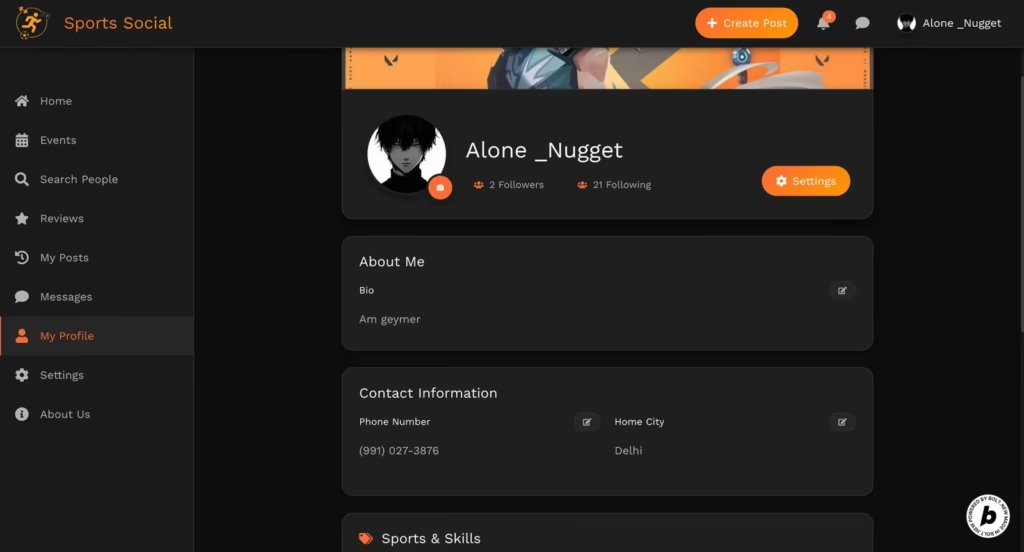Exla FLOPs positions itself as a game-changer in the AI compute market, offering immediate access to large-scale H100 GPU clusters without the waitlists and commitments common in traditional cloud services. This review delves into its unique value proposition, user experiences, and pricing competitiveness. For an overview of its capabilities, see Exla FLOPs on AI Training.
Key Features Analysis
-
Instant GPU Cluster Provisioning
Exla FLOPs provides access to 64, 128, or more H100 GPUs instantly, bypassing the lengthy queues and configuration required by AWS, Azure, and GCP. This capability is especially valuable for time-sensitive AI training cycles.
-
Scalability Without Bottlenecks
Unlike traditional clouds that often struggle beyond 8 GPUs, Exla FLOPs scales effortlessly to massive cluster sizes, enabling large-scale parallel processing and distributed training.
-
Flexible Pay-as-You-Go Model
The service operates on a usage-based pricing model with no upfront costs or long-term commitments, making it ideal for startups and researchers needing intermittent high-capacity compute.
For a detailed feature comparison, visit CloudChi’s pricing analysis.
User Feedback Summary
-
Positive User Reactions
Early users praise Exla FLOPs for alleviating previous scaling and cost hurdles. Common themes include:
- Reduced project launch times
- Cost savings on GPU compute
- Streamlined onboarding process
-
Minor Concerns
While most feedback is positive, some users highlight the need for more detailed documentation and support availability metrics.
Read user comments and feedback on Product Hunt.
Performance Analysis
-
Reliability
While specific uptime metrics aren’t publicly available, active engagement on launch platforms suggests responsive support.
-
Speed
Cluster provisioning occurs in minutes, significantly faster than traditional cloud deployments.
-
Usability
The platform’s developer-centric design minimizes administrative overhead, allowing researchers to focus on model development rather than infrastructure management.
Pricing Analysis
Exla FLOPs markets itself as the cheapest H100 provider, with user testimonials confirming this pricing advantage. The pay-as-you-go model offers clear cost benefits for:
- Short-term experiments
- Intermittent high-demand workloads
- Startups and academic projects
Frequently Asked Questions (FAQs)
-
1. How does Exla FLOPs pricing compare to AWS/Azure?
User reports indicate significantly lower H100 costs compared to major cloud providers.
-
2. Are there any long-term commitments?
No, Exla FLOPs operates on a pay-as-you-go model without contracts.
-
3. What’s the maximum cluster size available?
Clusters can scale beyond 128 H100 GPUs.
-
4. How long does cluster provisioning take?
Clusters are provisioned in minutes.
-
5. Is there a free tier?
Exla FLOPs distributes free credits to early users through direct signup.
-
6. What support options are available?
While specific details are scarce, active engagement suggests responsive support.
-
7. Are there any usage restrictions?
No public usage restrictions are mentioned.
-
8. Can I use Exla FLOPs for non-AI workloads?
The service is optimized for AI training, though some flexibility may exist.
-
9. Are there any geographic limitations?
No geographic restrictions are publicly stated.
-
10. How does Exla FLOPs handle scalability?
Designed for seamless scaling to massive cluster sizes without bottlenecks.
Final Verdict
-
Pros
- Instant access to large GPU clusters
- No waitlists or commitments
- Competitive pricing for H100s
- Streamlined user experience
-
Cons
- Support details not fully disclosed
- Limited documentation (based on user feedback)
Ideal User Profile:
Startups, researchers, and AI developers needing immediate access to large-scale GPU resources.
Recommendation:
Exla FLOPs offers a compelling solution for those frustrated with traditional cloud limitations. While some documentation improvements could enhance the experience, its instant provisioning and competitive pricing make it a strong contender for AI workloads.



